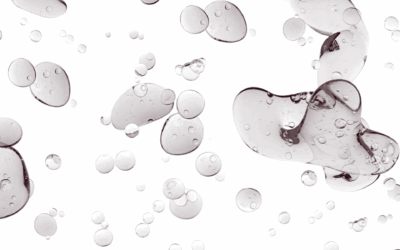White oil, also known as mineral oil is a colorless mixture of hydrocarbons obtained from petroleum. Manufacturers from multiple industries use...
Blog


CHEMICAL INDUSTRY NEWS
Chemical Chat – Discover What’s New!
Application of Surface Coating: Techniques and Benefits
Surface Coating Application is a vital process in various industries, serving as a protective and functional enhancement for different products....
Importance of Surface Coating: Protecting and Enhancing Industrial Equipment
In industrial equipment and machinery, surface coatings ensure longevity and overall efficiency. A well-applied surface coating protects equipment...
Aerosol Coating: Efficient Spray Solutions for Industrial Use
In the world of industrial surface coating, aerosol coating has gained popularity as an efficient and versatile spray...
Application of Surface Coating: Techniques and Benefits
Surface Coating Application is a vital process in various industries, serving as a protective and functional...
Company News

Managed Services
Discover the Latest in Safe and Sustainable Chemical Solutions
Stay informed with Ecolink’s blog! Subscribe now
Chemical Management Information
Stay updated with us
Sign Up for the Latest Updates
Stay informed about chemical supply chain disruptions and emerging innovations to keep your business at the forefront of efficiency and innovation. Uncover new ways to make your business practices more sustainable by incorporating safer products into your cleaning lineup.


























